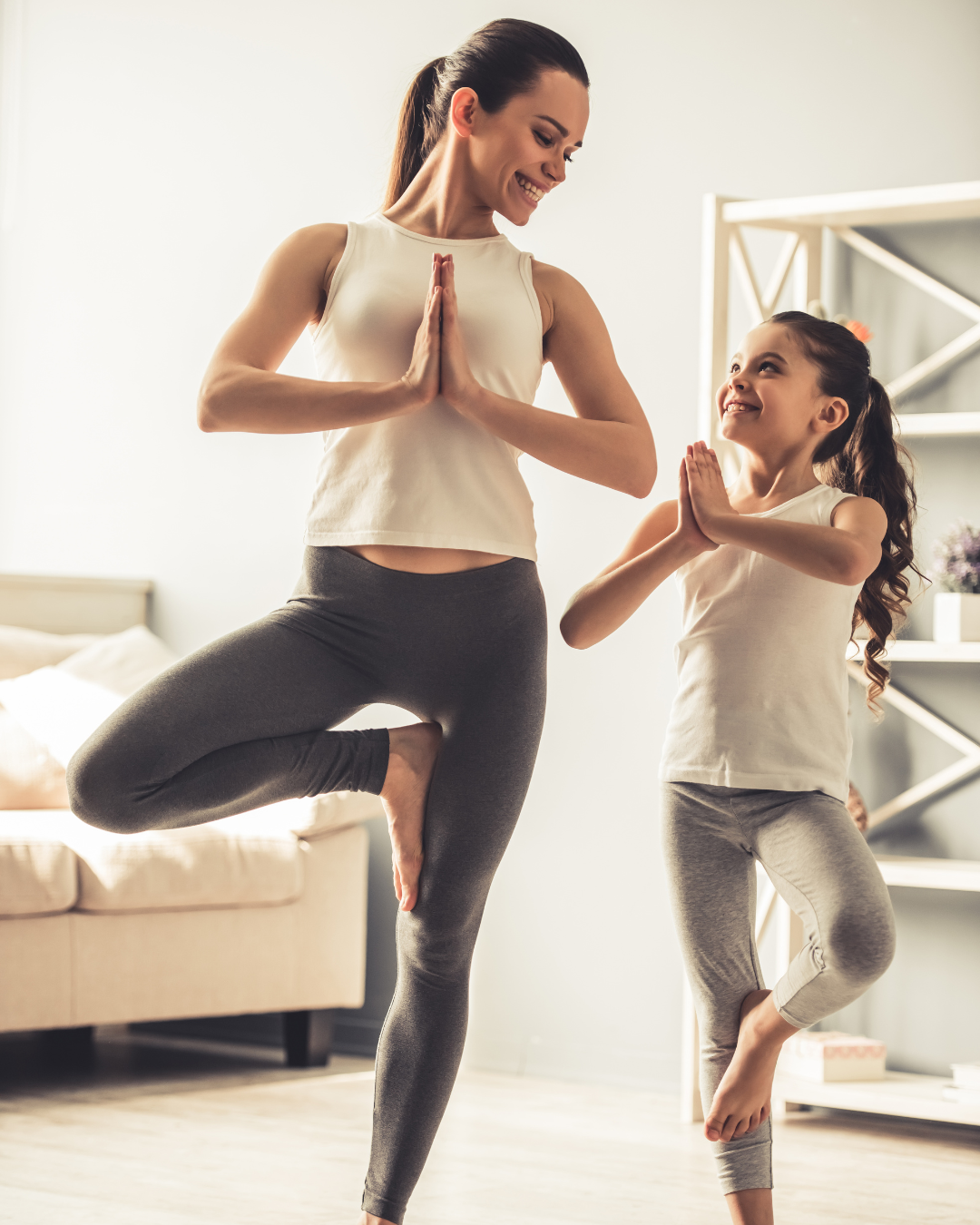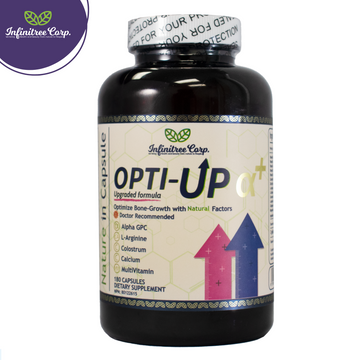
The Importance of Core Strength for Growing Kids
InfinitreeEditor.Jo
The Importance of Core Strength for Growing Kids
The Tumble That Changed Everything
It started with a fall. My 7-year-old daughter tripped over her own feet while running across the playground. As I helped her up, she said, “I don’t know why I keep tripping, Mom!” That’s when I realized it wasn’t just clumsiness—her posture was off, her balance unsteady, and her confidence shaken.
That evening, I looked into what could help, and the answer surprised me: core strength. Not just for athletes or adults, a strong core is essential for kids, too—it’s the foundation for their physical growth, coordination, and even confidence.
Weak Core, Big Impact
In today’s tech-filled world, kids are spending more time hunched over screens and less time engaging in active play. This sedentary lifestyle leads to weak core muscles, which can cause:
- Poor posture
- Lack of balance and coordination
- Increased risk of injuries
- Difficulty in physical activities like running, jumping, and climbing
A weak core doesn’t just affect athletic performance—it can also slow down physical development, impacting overall growth and confidence.
Why Core Strength Matters for Growth
-
Supports Posture and Spine Health
Core muscles are the body’s stabilizers, holding the spine in proper alignment. A strong core prevents slouching, promoting better posture that not only looks good but also helps in proper bone growth. -
Improves Balance and Coordination
Activities like running, climbing, or even walking rely on core stability. A strong core helps kids maintain balance and coordination, reducing the risk of falls and injuries. -
Boosts Physical Performance
From throwing a ball to doing a cartwheel, core strength enhances a child’s ability to perform physical tasks with ease and confidence. -
Facilitates Growth Spurts
During growth spurts, the body’s center of gravity shifts, and a strong core helps kids adapt to these changes, ensuring smoother physical transitions. -
Encourages an Active Lifestyle
Kids with stronger cores are more likely to enjoy and participate in physical activities, fostering a lifelong habit of movement and health.
How to Help Your Child Build Core Strength
Building core strength doesn’t require fancy equipment or gym memberships. Here are practical, fun ways to incorporate core exercises into your child’s daily routine.
1. Introduce Simple Core Exercises
Why It Works:
Core exercises target specific muscles, strengthening the foundation of the body.
How to Do It:
- Plank: Encourage your child to hold a plank position for 15-30 seconds.
- Superman Pose: Have them lie on their stomach, lift their arms and legs off the ground, and “fly” like Superman.
- Bridge Pose: Ask them to lie on their back, bend their knees, and lift their hips towards the ceiling.
Pro Tip:
Make it a game by timing how long they can hold each pose and celebrating improvements.
2. Make It Fun with Active Play
Why It Works:
Playful activities naturally engage core muscles without feeling like exercise.
How to Do It:
- Organize a hula hoop competition.
- Play tug-of-war to build strength and teamwork.
- Use an inflatable stability ball for balance games like sitting on it without falling.
Pro Tip:
Turn everyday chores into active play. For example, sweeping or raking leaves can be a fun family workout.
3. Enroll in Activities That Build Core Strength
Why It Works:
Structured activities often incorporate core-focused movements into their routines.
How to Do It:
- Sign your child up for yoga or gymnastics classes.
- Encourage swimming, which naturally engages the core for balance and movement.
- Try martial arts like karate or taekwondo, which emphasize core stability and control.
Pro Tip:
Choose an activity based on your child’s interests to keep them engaged and motivated.
4. Pair Core Exercises with Nutrition
Why It Works:
Proper nutrition fuels muscle development and recovery, enhancing the benefits of core-strengthening activities.
How to Do It:
- Provide protein-rich snacks like boiled eggs, cheese, or Greek yogurt after exercise.
- Include calcium-rich foods like milk, spinach, and almonds to support bone health.
- Supplement with Opti-up Alpha Plus, which contains collagen and essential amino acids to boost muscle strength and growth.
Pro Tip:
Make snack time fun by involving your child in preparing post-workout smoothies or snack plates.
Putting It All Together: Sample Core-Strengthening Routine
Here’s a simple daily routine to build your child’s core strength:
Morning:
- Start with a 5-minute plank or bridge pose challenge.
Afternoon:
- Active playtime with hula hoops or balance games on an inflatable ball.
Evening:
- A 15-minute yoga session with poses like downward dog and cat-cow.
Snack Idea:
- A banana smoothie with milk and a scoop of Opti-up Alpha Plus for post-exercise recovery.
Conclusion: Build a Strong Core for a Strong Future
Core strength is about more than fitness—it’s a foundation for growth, coordination, and confidence. By incorporating simple exercises, playful activities, and proper nutrition into your child’s routine, you can help them stand taller, move better, and feel stronger.
With consistent effort and a little fun, your child’s core strength will become their superpower—helping them grow, thrive, and take on life with confidence. And with Opti-up Alpha Plus as part of their journey, you can ensure they’re getting the nutrients they need to reach their full potential.
Let’s start building their core today—because a strong core leads to a stronger tomorrow!
Disclaimer: This article is for informational purposes only and does not constitute medical advice. Please consult your healthcare provider before making significant dietary changes or introducing new supplements to your child’s routine.






